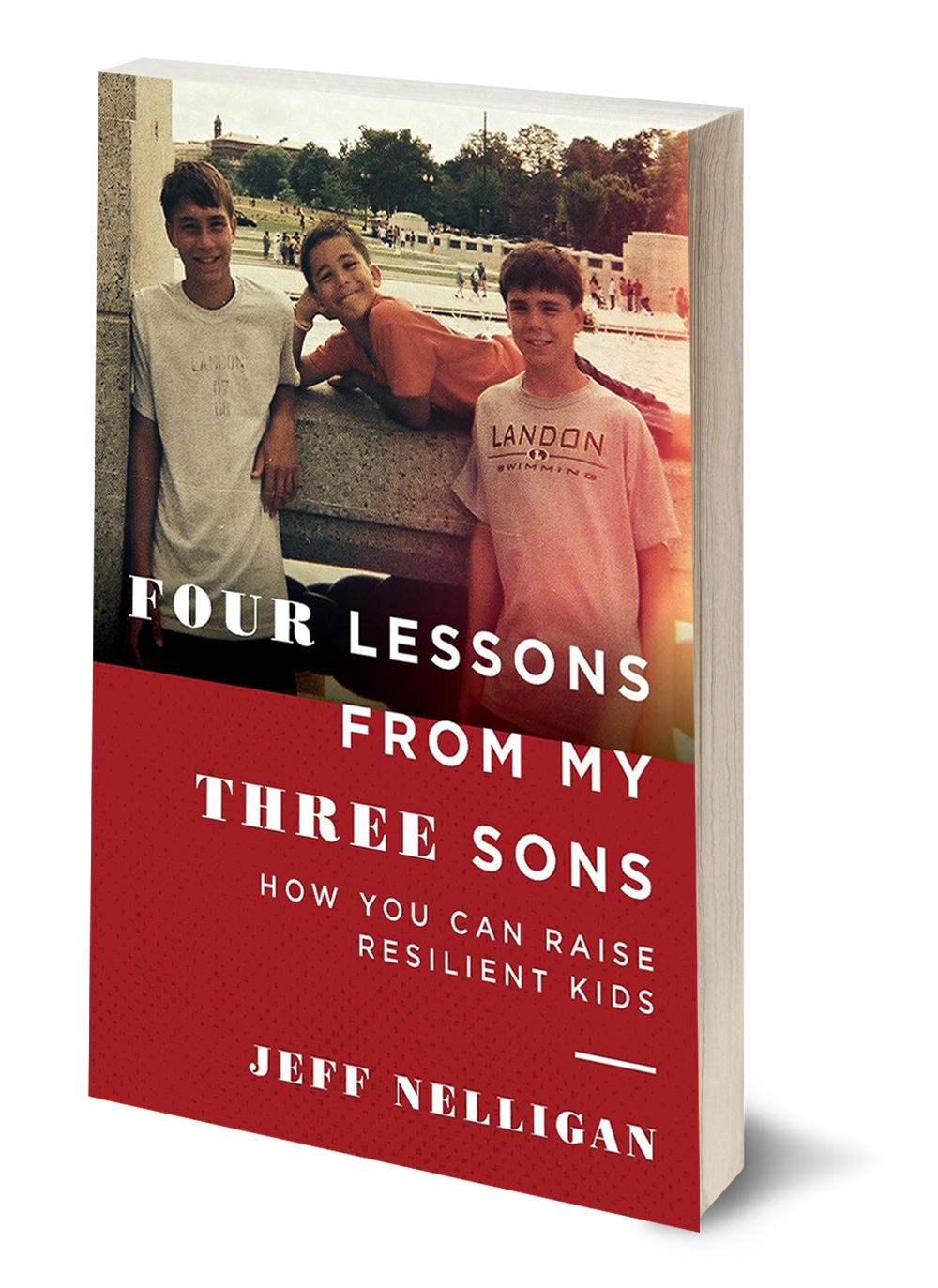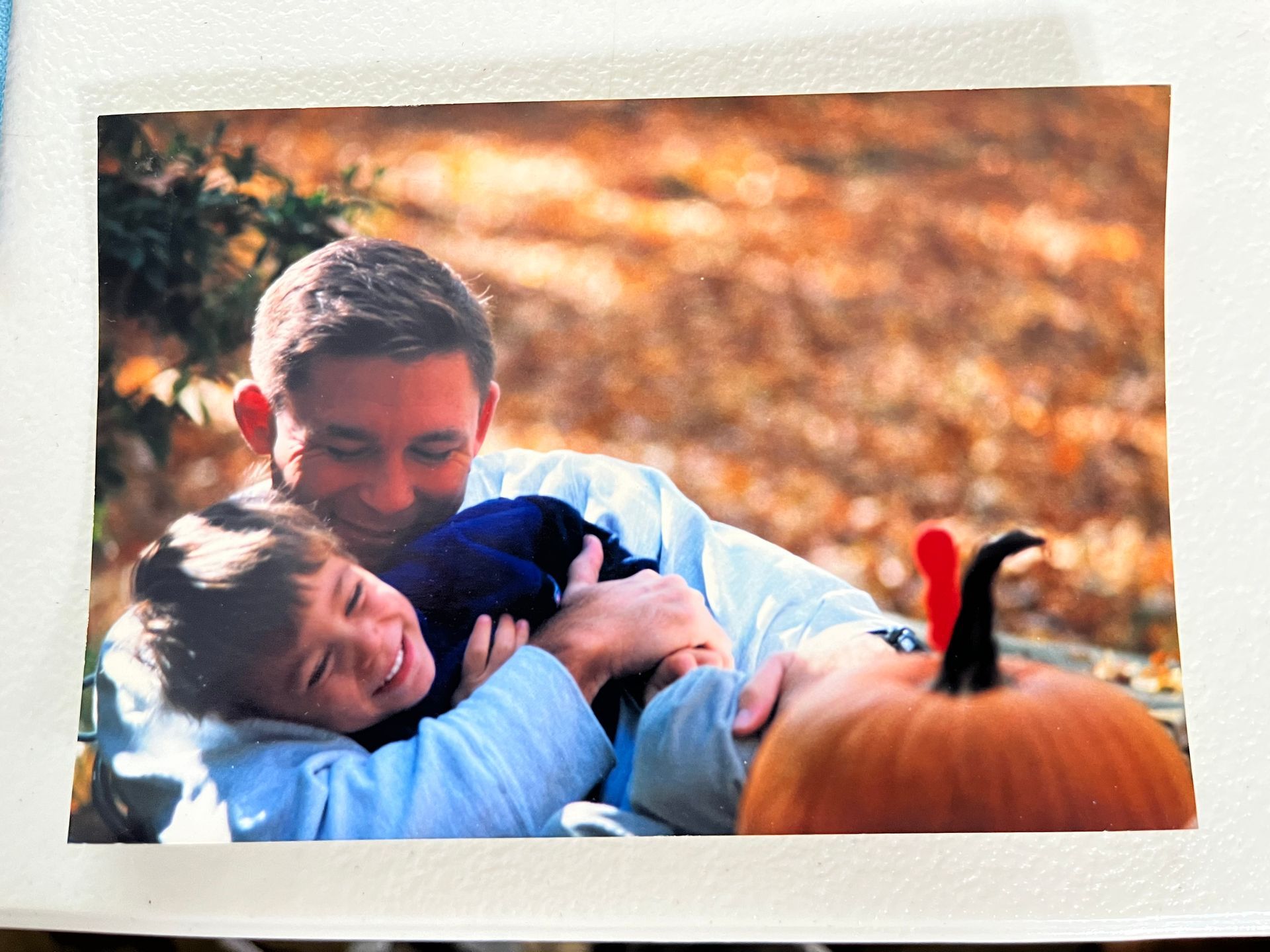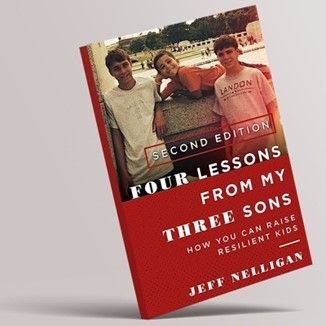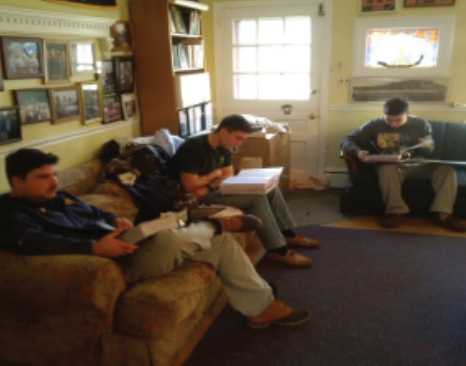Repetition builds character
Let me repeat...
Within the previous blog in this series (“How do you get kids to pay attention?!”) I related how
the real world outside the front door – people, places, situations – became a vehicle for my
pointing out the good, the bad, and the inspirational to my sons, captured by a brief, funny
saying. And get it in your head: Humor always wins with young children.
Of course, it was judging others. And why not? To use the popular phrase: See something, say
something. If it’s the polite behavior of an adult opening a door for a senior or engaging shy
parents in friendly conversation, point it out. If it’s an adult being rude to others or kid being a
jerk to another kid, point that out as well. The everyday course of American family life offers
up countless situations that you can use to instruct your children. The tired old trope does rung
true: Every moment is a teaching moment.
These maxims - and Four Lessons contains a dozen gems – ha! – became a pounding, comic
soundtrack in the boys’ lives. Virtually every important moment of their childhood, moments
when they saw behavior and attitudes in stark relief - was viewed through the lens of one of my
appeals. I’ll repeat it again: Repetition builds character.
THE BUY-IN
And what occurred over time was that during a typical week at least one or more of my sons
would come to me with a story. He’d tell me about an encounter in which he’d used one of our
signature phrases either uttered to himself or to his brothers and or to his friends. In fact, the kid
would open up enthusiastically to describe it. You’re a parent so imagine this: A kid excited to
tell a story, sometimes long and involved, to you. It was priceless.
And no, I didn’t expand on the kid’s tale, laboring both of us with some stupid summation. I
just listened. These conversations with my sons about their observations remain the keenest and
most valuable moments of my parenting life.
It was from their stories that I knew the boys were buying into the whole exercise. They
understood what I was doing with my candid call-outs. The boys saw, however simply, how the
events I highlighted in public could and would play out in their lives. And slowly as this
awareness about seeing and judging for themselves grew, my sons were developing decision-
making habits.
Yes, my sons’ behavior was changing. The adages had staying power, they translated into
conduct. It’s what known in athletics as muscle memory – “the ability to reproduce a particular
action without conscious thought, acquired as a result of frequent repetition of that movement.”
REFLEX
This is hardly outlandish. Consider the logical flow. When one of my boys was placed in a set
of circumstances requiring a decision or reaction, the past snapshots instantly came to life and
were followed by the correct behavior. This book is packed with examples of these occurrences.
Yes, there was Dad, reliably consistent in letting fly a well-worn saying in some commonplace
or unusual or awkward setting and the four of us would laugh and nod and know. The phrases
had an endless shelf life – come on, is there any situation with kids that is original?! Indeed, all
four of us have never let go of them. The same phrases coined in my oldest son’s 4th grade year
are still being used by all three of us more than a decade and a half later.
As you no doubt have tumbled by now this is more than just about sayings and wisecracks and a
persistent Dad. This is about developing a rapport with your child. This is about parenting that
engages children with observation and humor so that they become continually alert to what
good conduct and steadfast character really mean.
New attitudes, new behaviors, new ways of seeing things. Seeking out the world is good. Loose
is good. And yes, judging is good.
Next up: Developing the easiest, most fundamental quality of human nature: Basic courtesy.











